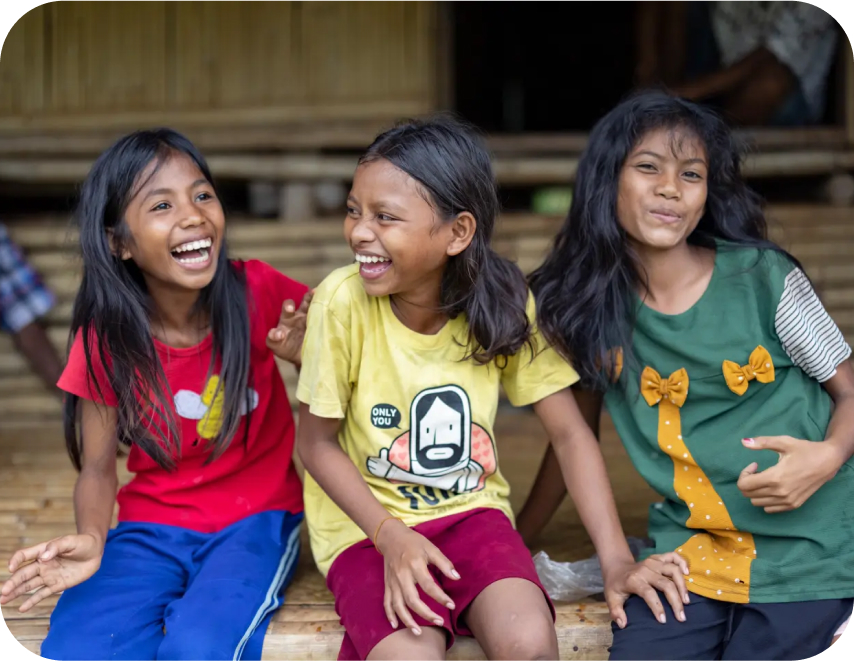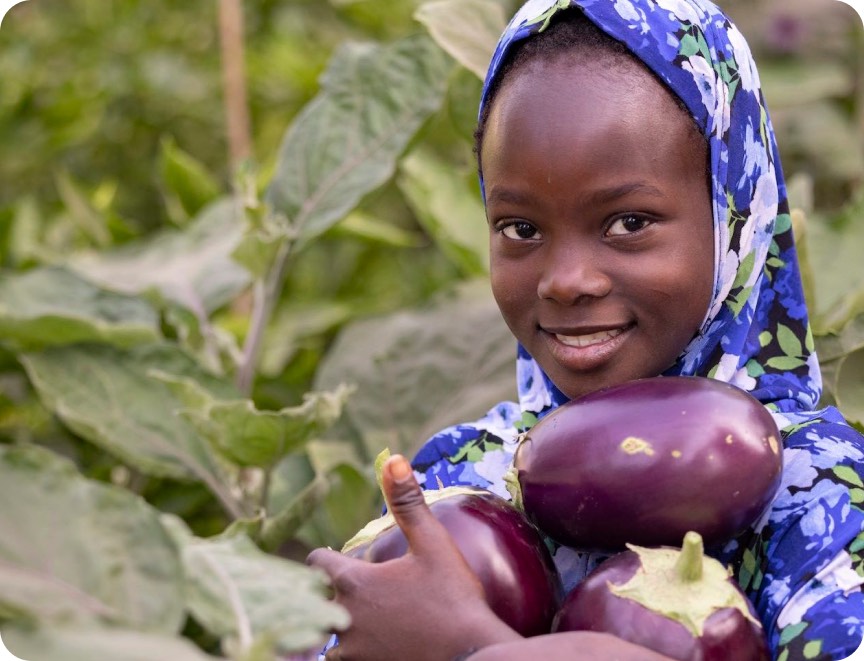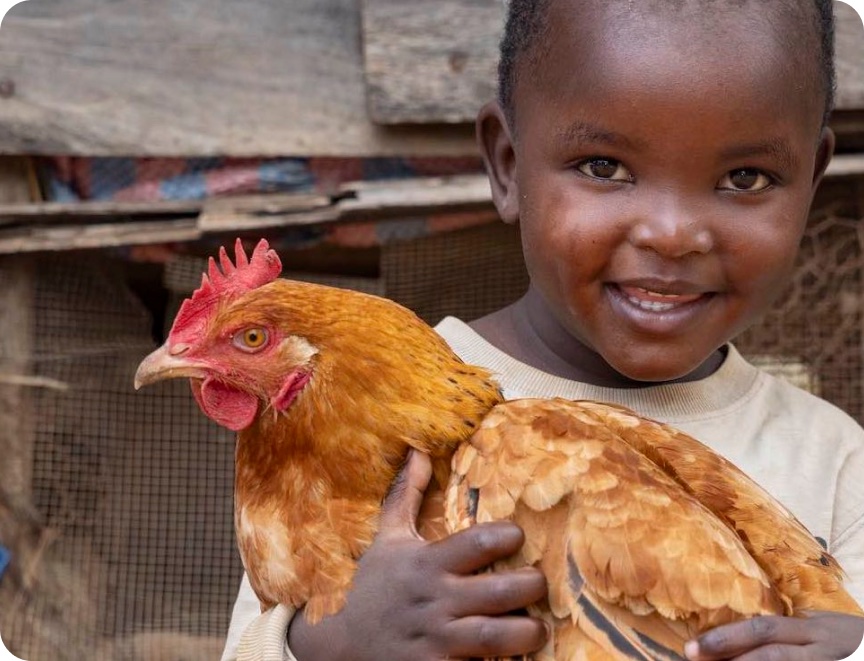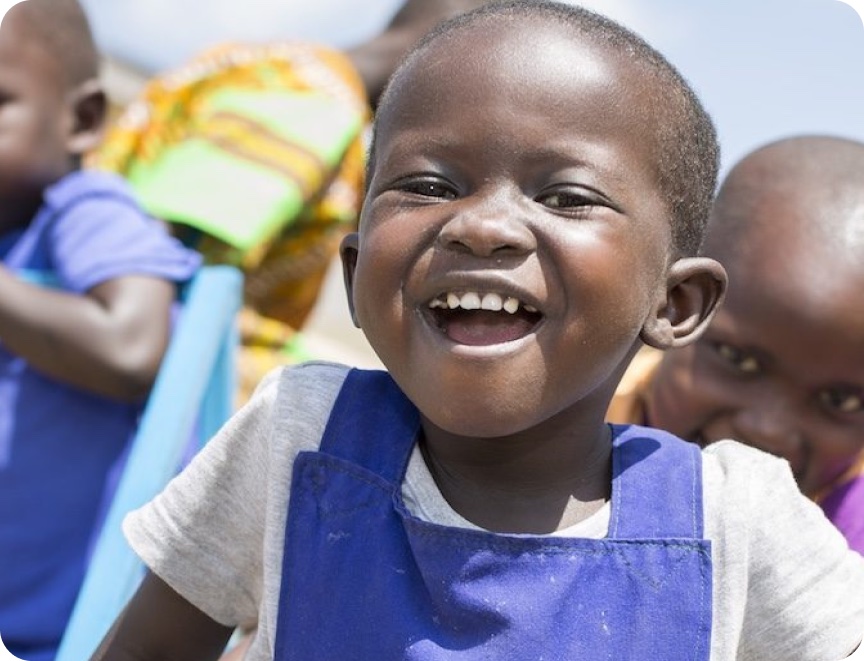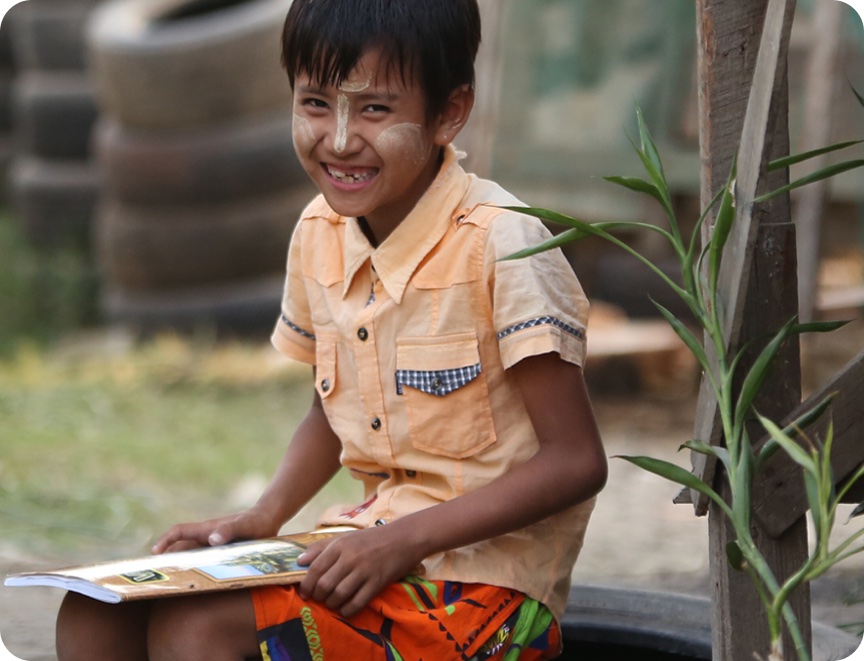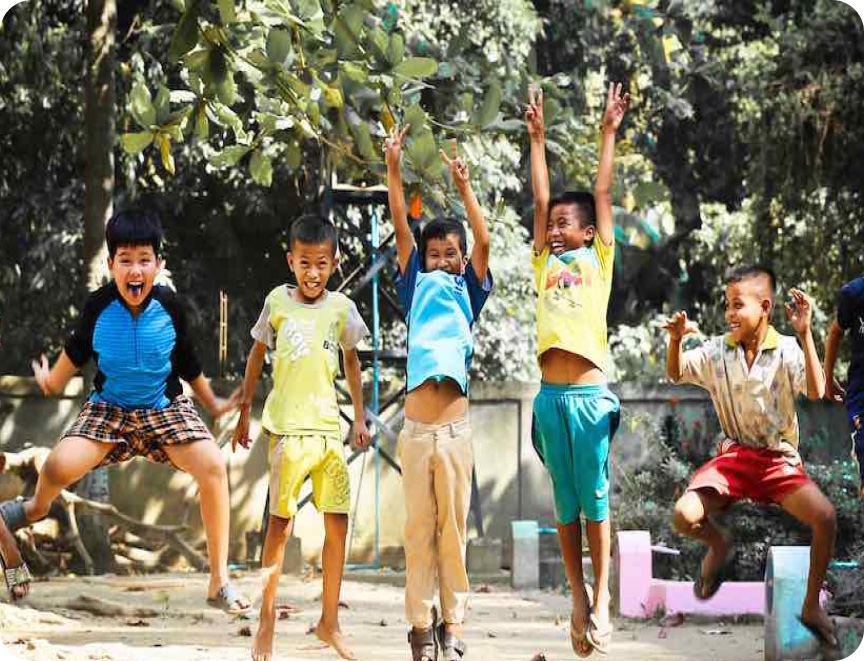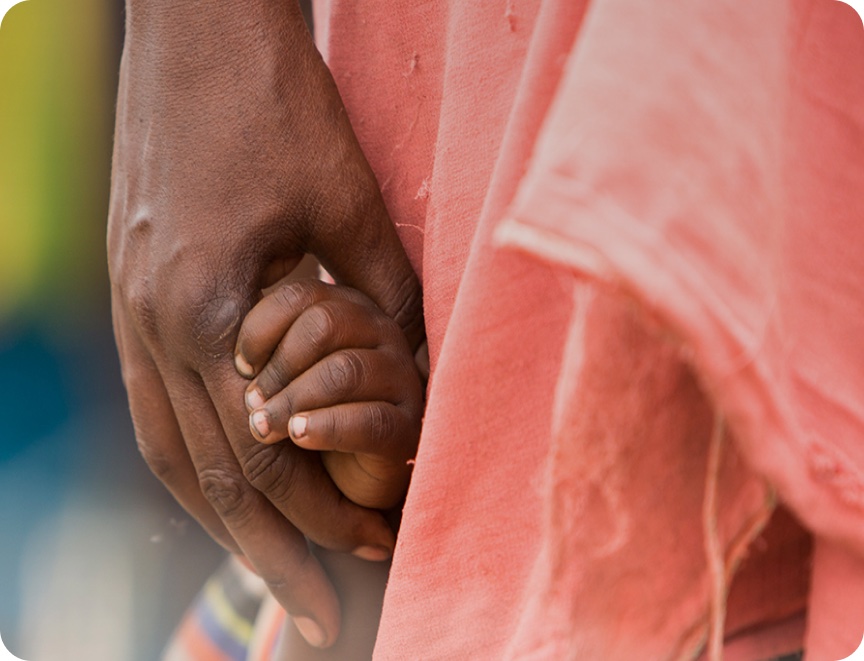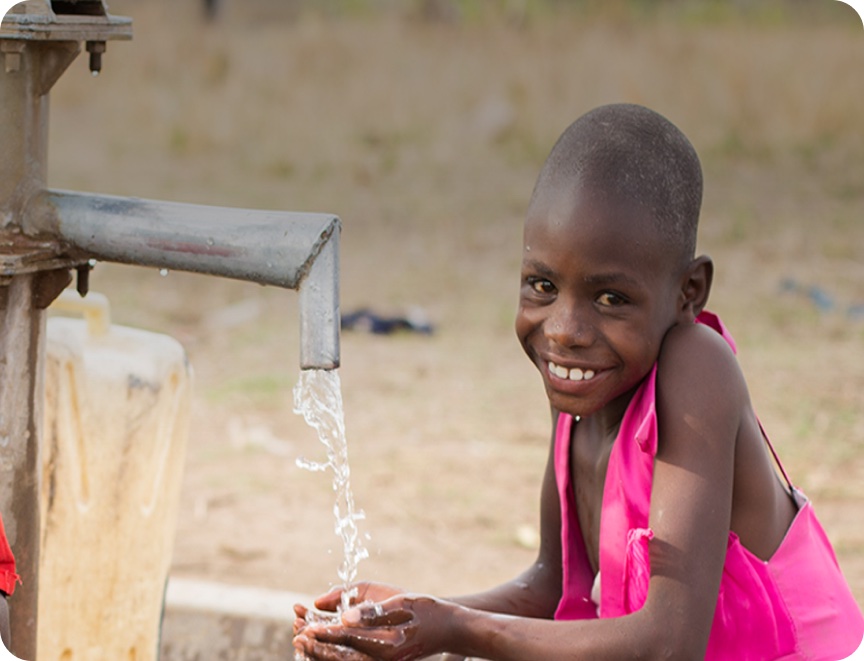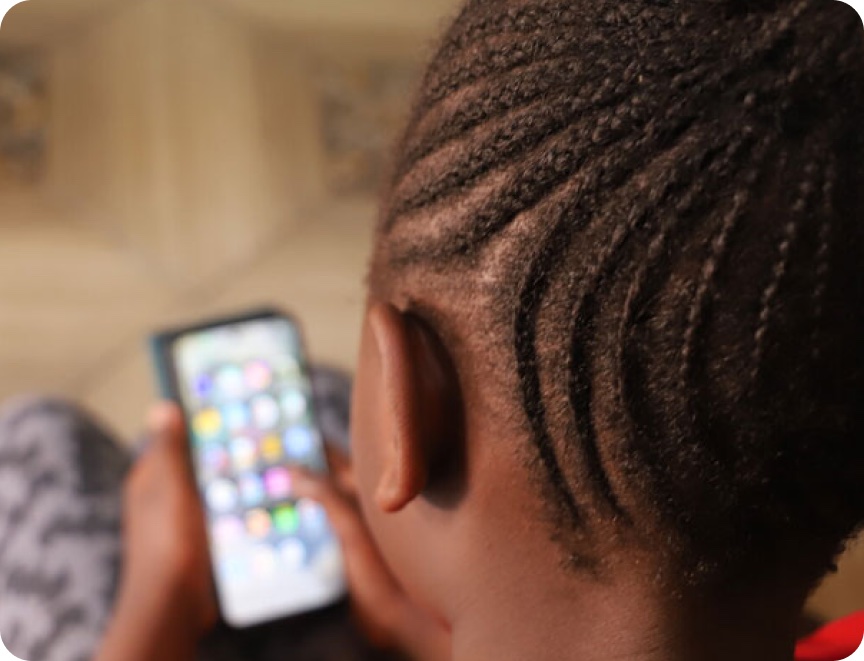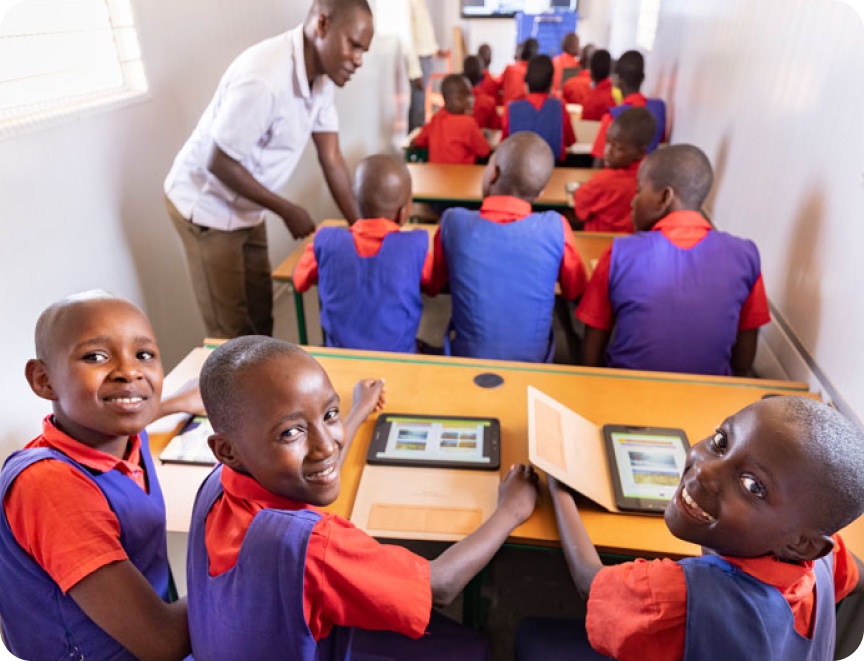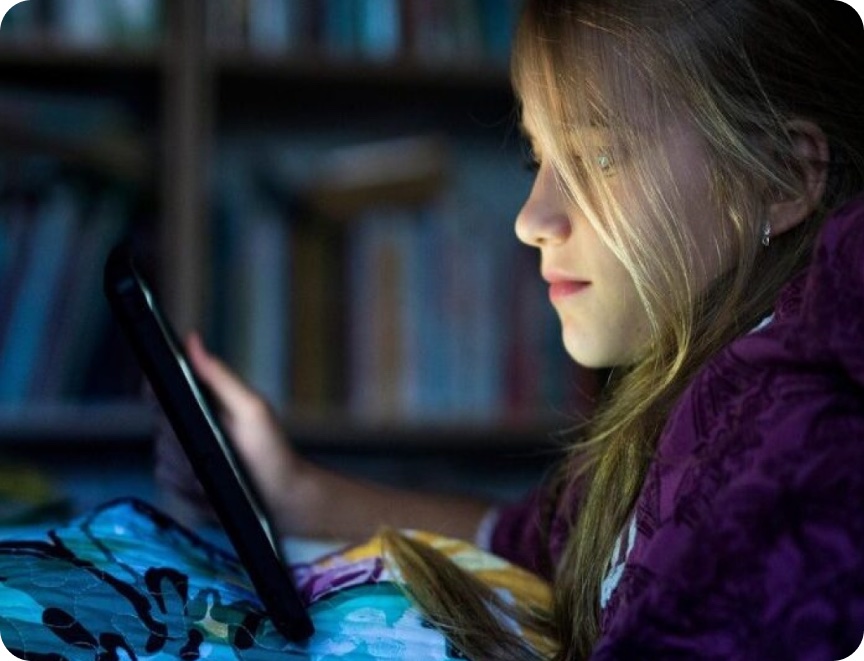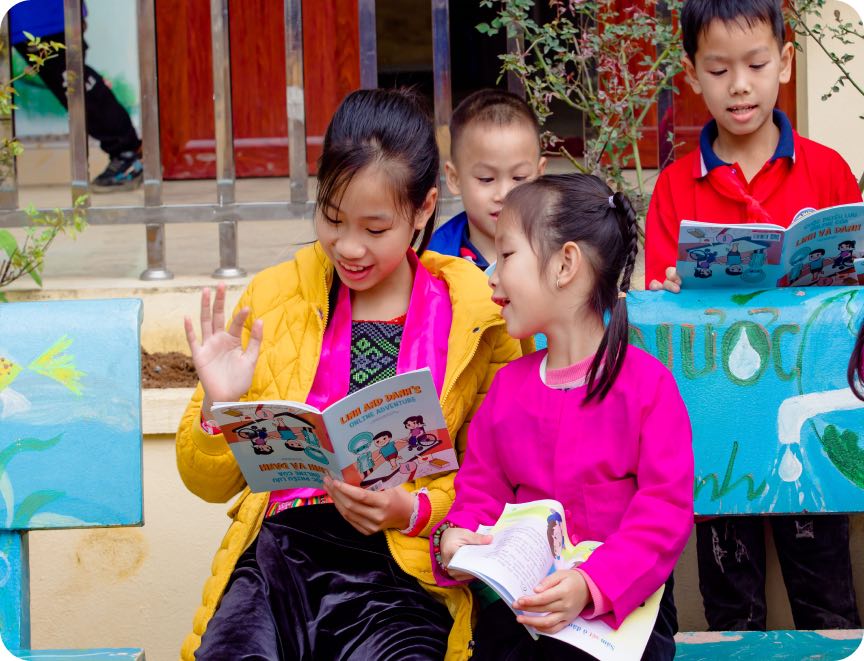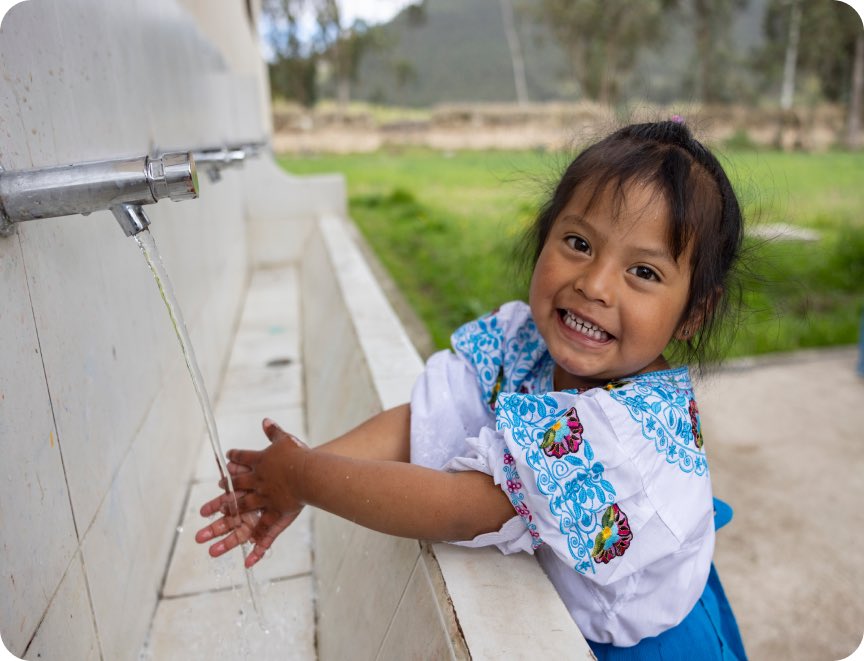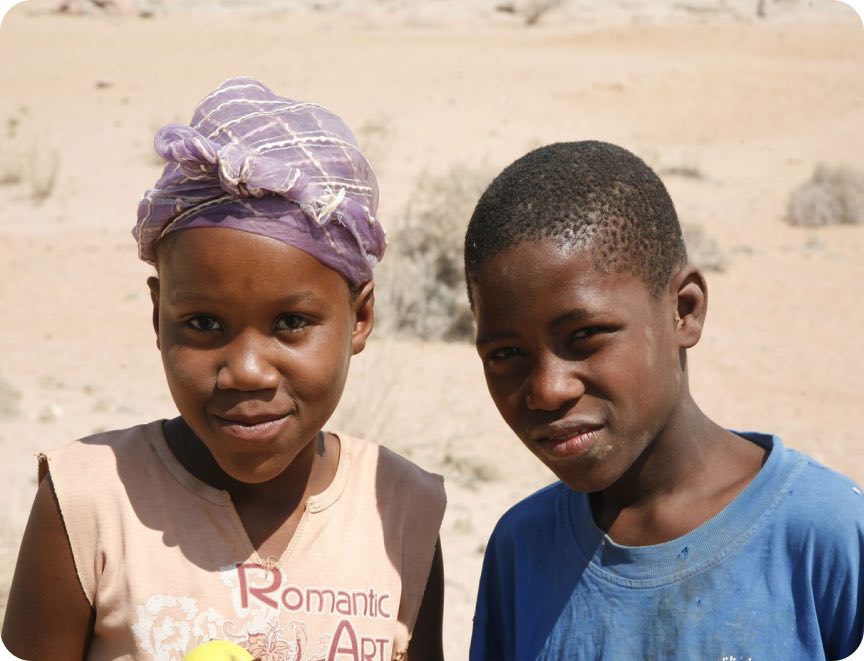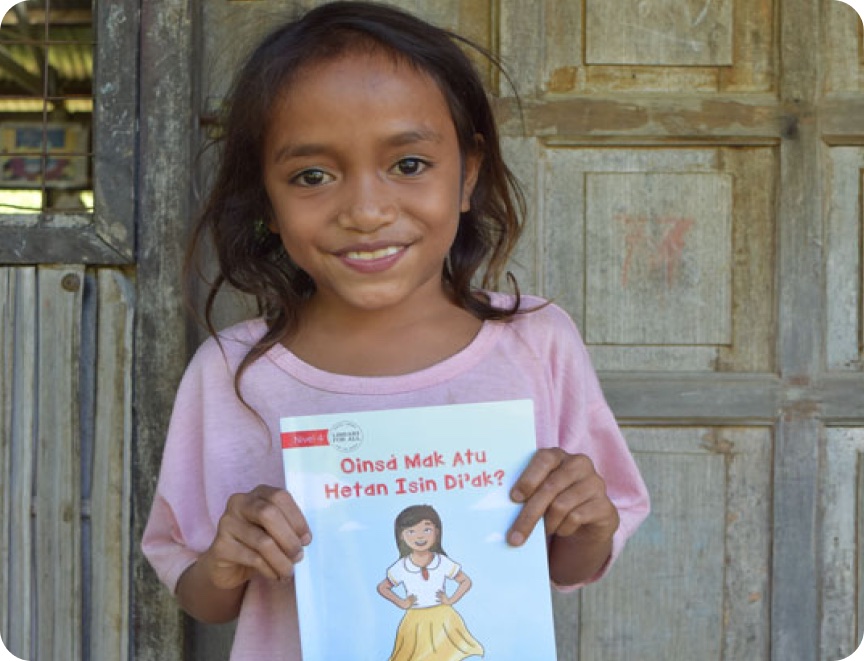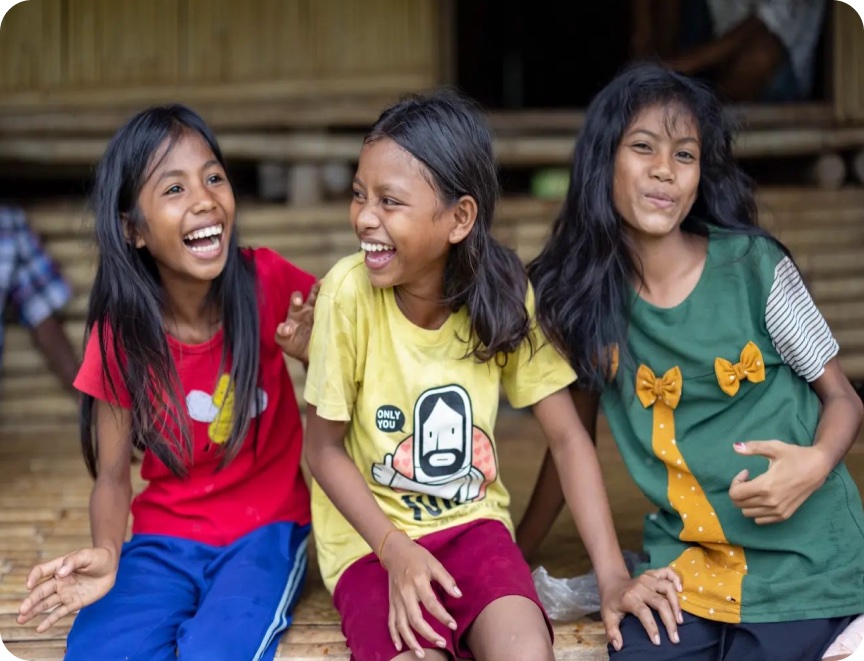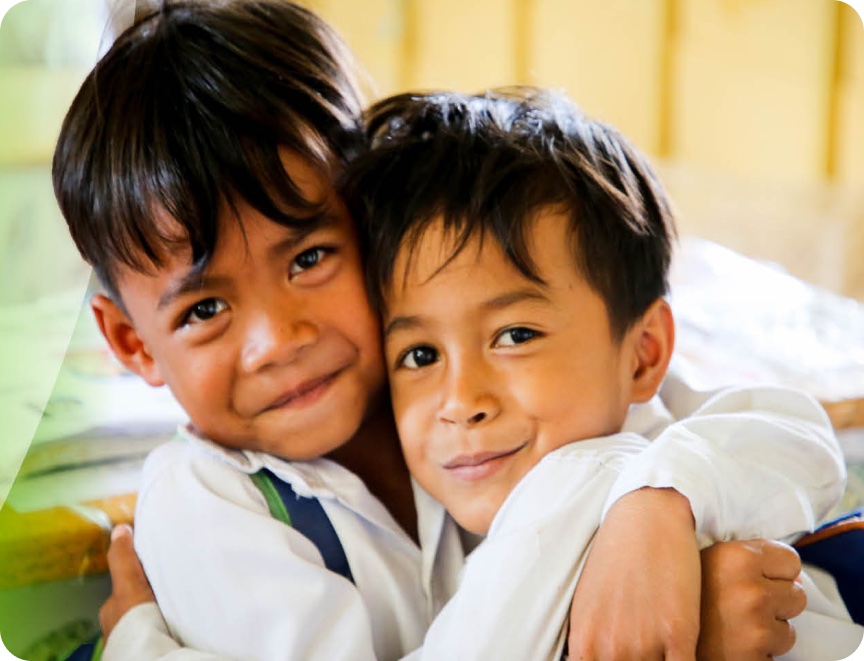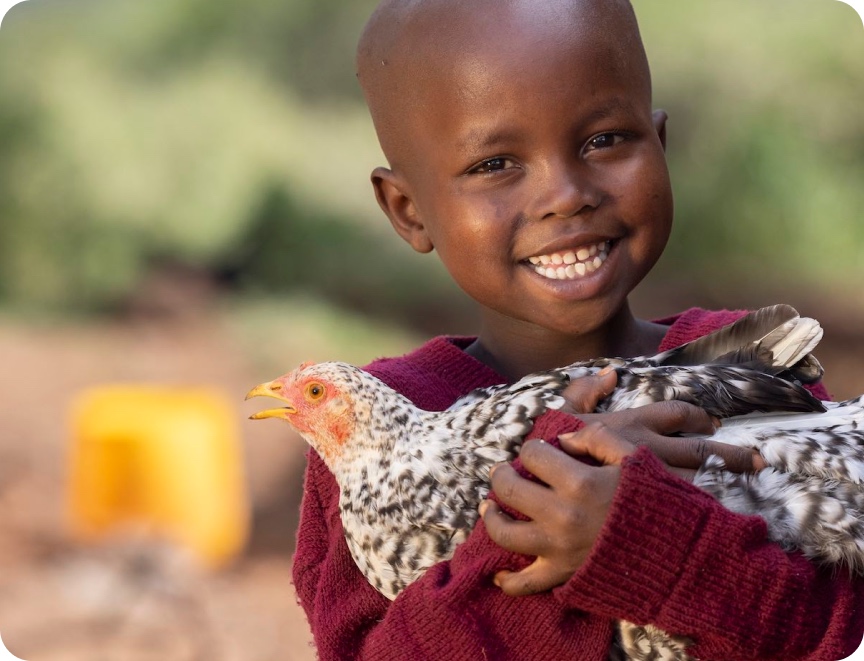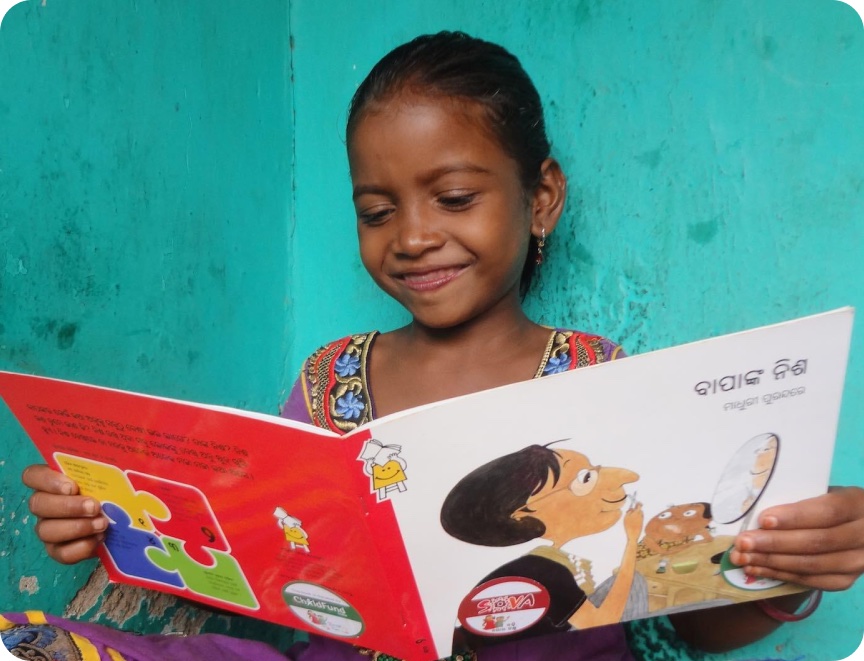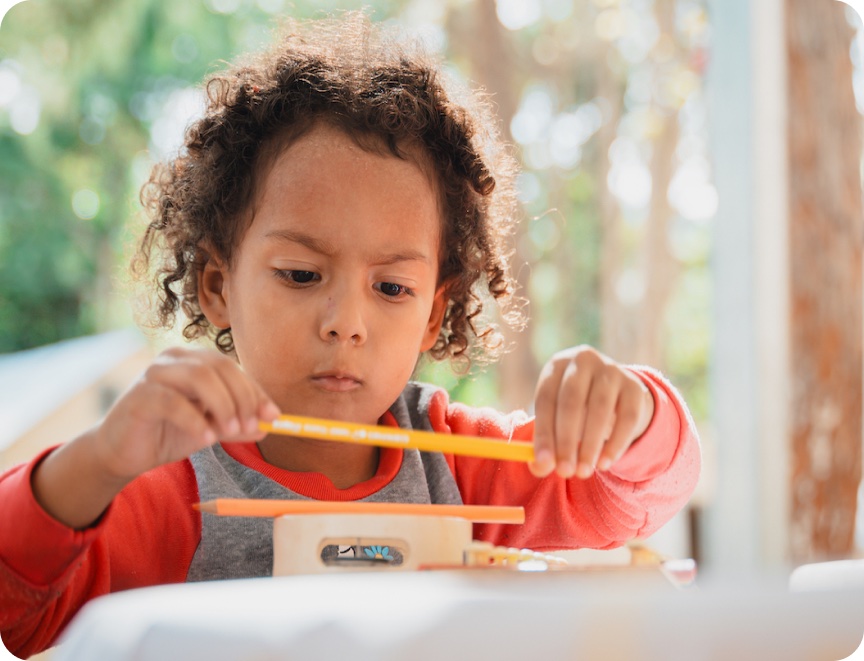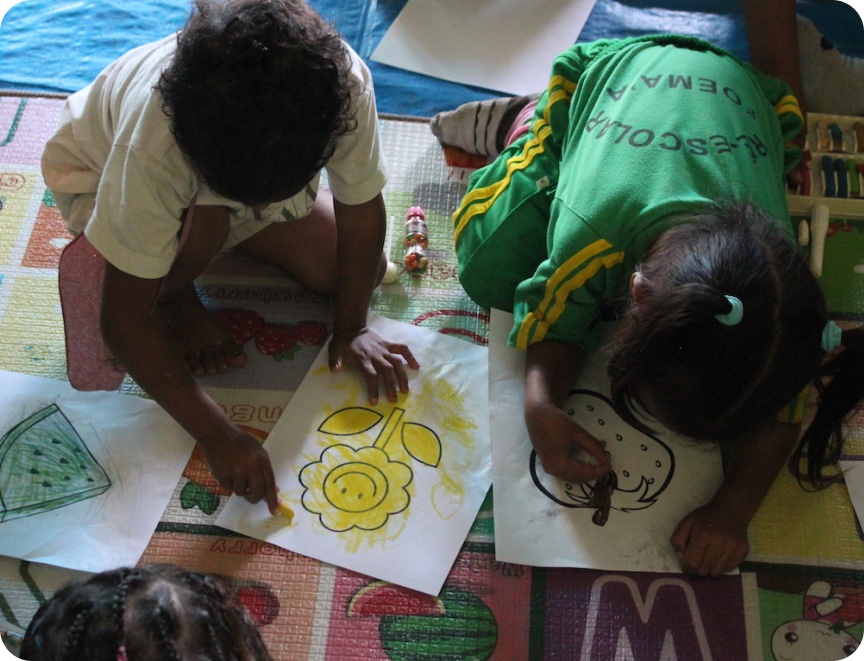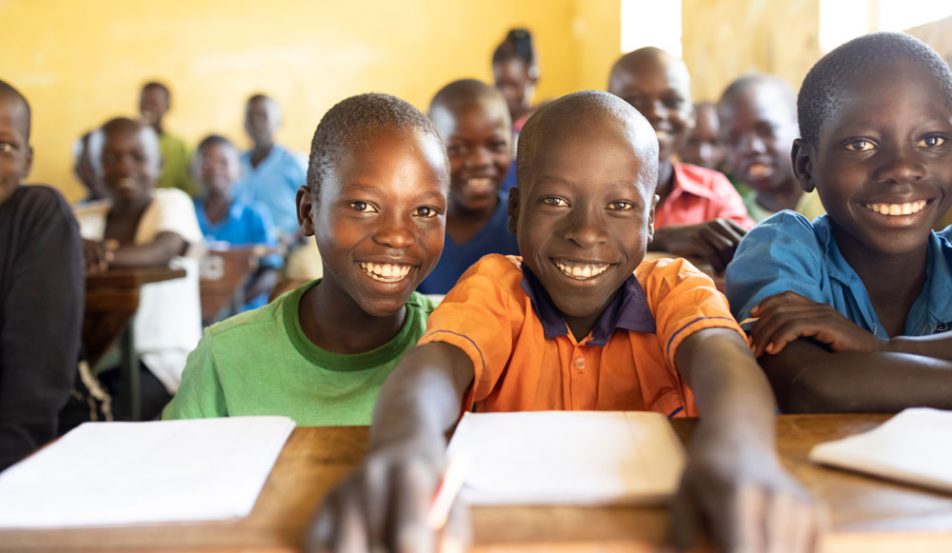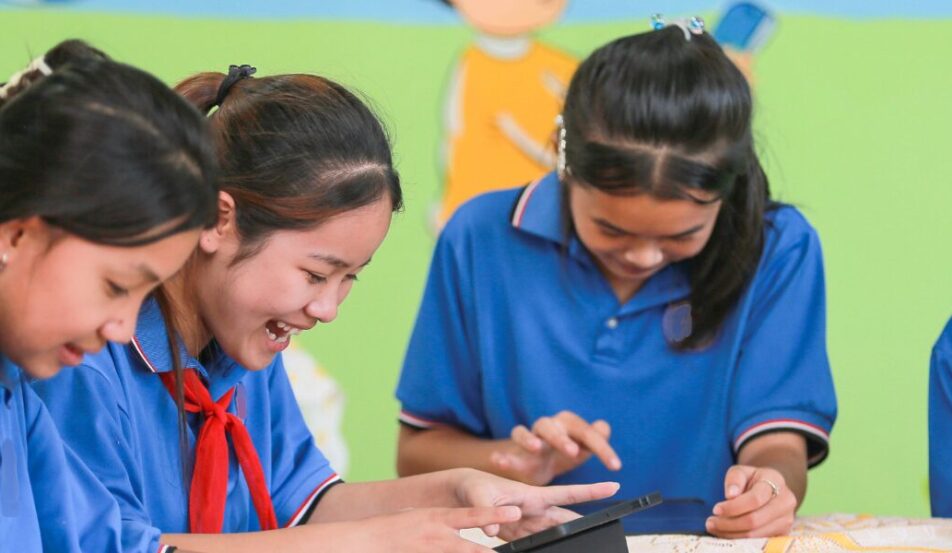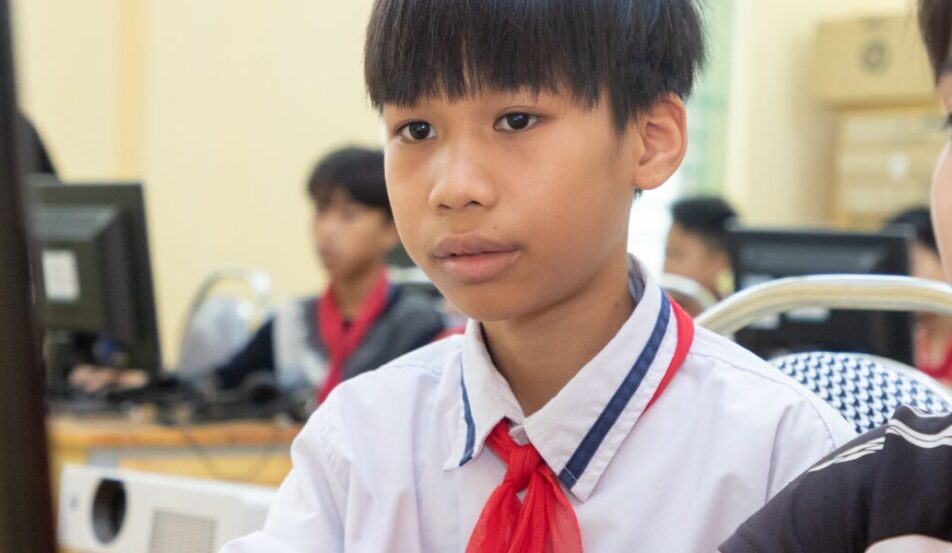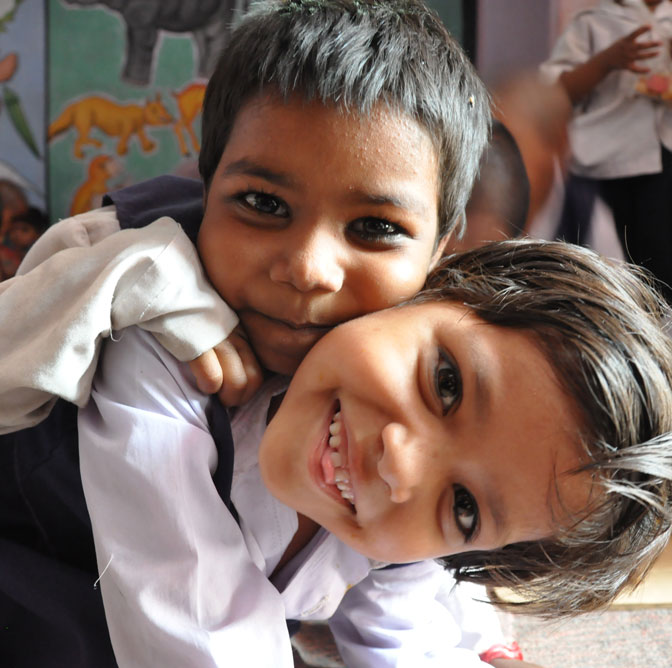How Honduran mothers give their children the best childhood
On a warm day in a bustling urban barrio (neighbourhood) of Francisco Morazán Department, Honduras, Laura is at home helping her son, Esdras (pictured below), make a block tower. The four-year-old names the colour of each block as he stacks them, not missing a single one.
“In February of this year, he began preschool,” Laura says proudly. “I could see that he did his homework very well and recognised parts of his body, colours and shapes. He learned that from his guide mother.” She nods toward the woman in a pink chequered blouse standing beside them, who smiles.
Alcinia López has worked with Esdras in the family’s home for several years. Why? Well, that’s what guide mothers do. ChildFund and our local partner organisation operate a program in the community called Creciendo Contigo (Growing With You) that trains a handful of moms as volunteer “guide mothers.” Guide mothers learn all about the ins and outs of early childhood development – what to feed children, what normal development looks like, how to stimulate their growth, how to discipline them in positive, nonviolent ways, and why early childhood is so important in the first place. The guide mothers then share this information with the rest of their community by paying monthly home visits to families with young kids.
Why early childhood is important
In this part of Honduras, often known as the “dry corridor,” climate change has made alternating droughts and floods the new normal, destroying the corn and bean crops that many families depend on for their livelihood. Parents are often too busy trying to make ends meet to devote extra time to early childhood education.
But kids under 5 thrive need that extra attention. Science tells us that early childhood is the most intense period of brain development in life. When children get the cognitive and emotional stimulation they need in these early years, they’re primed for success at school and beyond. When they don’t, they’re at higher risk for all kinds of academic and behavioural setbacks – including violence. In this way, children’s education begins long before they enter a classroom.
Playing and learning in early childhood education
Each time López visits a child, she has them complete a series of age-appropriate exercises known to promote five different areas of learning: language, gross motor, fine motor, socioemotional and cognitive. She walks their parents through the early childhood milestones the child should be approaching next, discusses the child’s daily activities and diet, answers questions and recommends ways for the whole family to get involved in playing and learning in early childhood education. The visits are a much-needed source of support for parents, who are hungry for this kind of information. And for the kids, the visits just feel like fun!
“I like all the exercises that the guide mother has me do,” says Esdras. “What I like the most is putting puzzles together.”
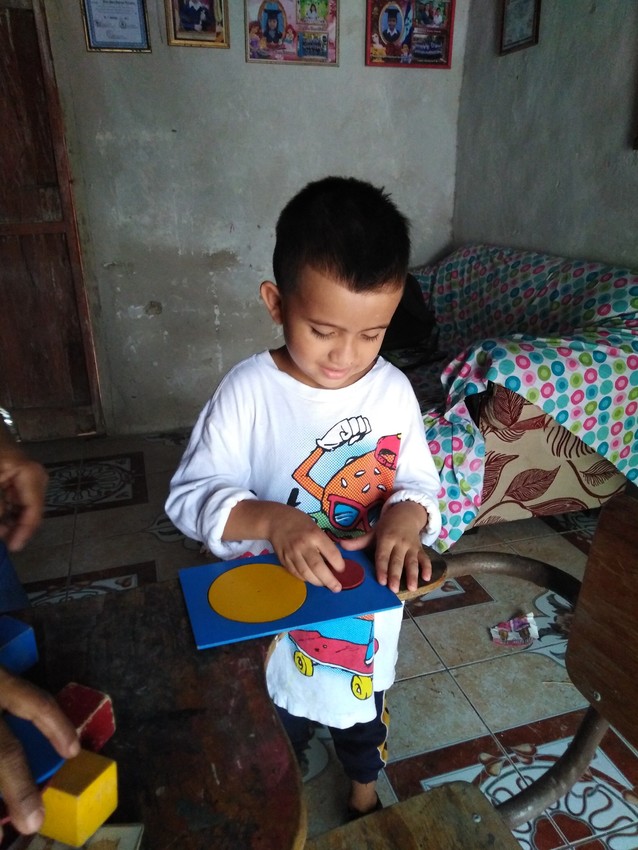
And for the guide mothers, these visits are a precious reminder that when you teach, you learn.
“By putting my training into practice, I gain more knowledge,” says López. “And I put it into practice with my own children. It has taught me how to be a better mother.”


